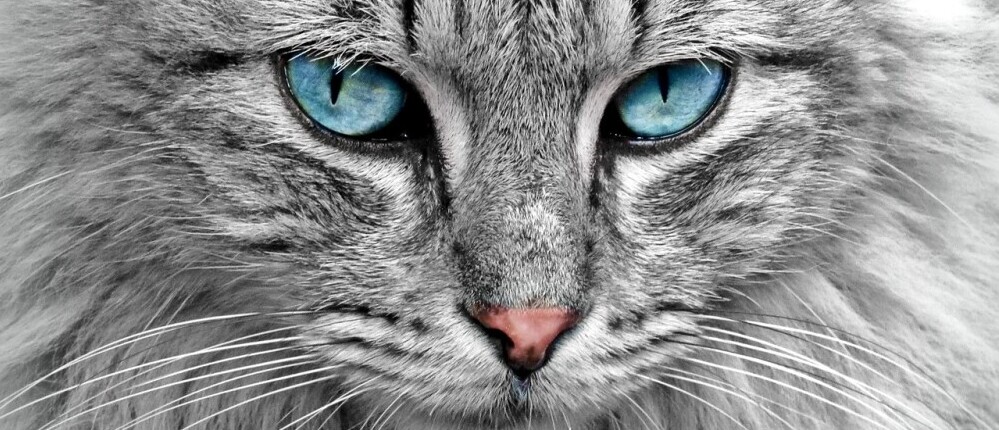The Enigmatic Symphony: How Do Cats Purr?
Cats, with their graceful movements and enigmatic behaviours, have captivated humans for centuries. Among their many fascinating traits, one of the most intriguing is their ability to purr. The gentle rumble of a cat’s purr is not only soothing to the ears but also raises questions about its origin and purpose. In this article, we delve into the mechanics and mysteries behind this unique feline vocalization.

The Mechanics of Purring: Understanding the Process
Purring is a complex physiological phenomenon that involves the coordination of various muscles and structures within a cat’s body. Contrary to popular belief, purring is not solely associated with contentment; cats may also purr when they are anxious, in pain, or seeking comfort. The mechanism of purring begins in the central nervous system, where signals are sent to the laryngeal muscles. These muscles then oscillate, causing the vocal cords to separate and vibrate during both inhalation and exhalation.
The Frequency of Purring: Deciphering the Sound
The frequency of a cat’s purr typically ranges between 25 and 150 Hertz, which overlaps with the frequency range known to have therapeutic effects on bone growth and healing. This has led to speculation that purring may serve a therapeutic function for cats, aiding in the recovery from injury or illness. Additionally, researchers have observed that domestic cats often purr at a frequency that corresponds with the frequency of a human infant’s cry, suggesting a possible evolutionary adaptation to elicit caregiving behaviours from humans.
The Evolutionary Significance of Purring: Adaptation or Communication?
Understanding the evolutionary origins of purring remains a subject of debate among scientists. Some researchers propose that purring evolved as a means of communication between mother cats and their offspring, providing reassurance and fostering bonding. Others suggest that purring may have originated as a mechanism for self-soothing or as a form of social communication within cat communities. Regardless of its origins, purring plays a significant role in the social dynamics of domestic cats and their interactions with humans.
The Diversity of Purring: Variations Across Feline Species
While domestic cats are the most well-known purrers, they are not the only feline species capable of producing this vocalization. Purring has also been observed in other members of the Felidae family, including cheetahs, cougars, and bobcats. However, the mechanisms and purposes of purring may vary among different species, reflecting their unique evolutionary histories and ecological niches.
In conclusion, the enigmatic phenomenon of purring highlights the complexity of feline behaviour and communication. While much remains to be discovered about the precise mechanisms and functions of purring, it is clear that this vocalization plays a significant role in the lives of cats, both domestic and wild. By continuing to study and unravel the mysteries of feline purring, we gain valuable insights into the rich tapestry of animal behaviour and evolution.

FAQ Section: Exploring Common Questions About Cat Purring
Q: Do all cats purr?
A: While purring is most commonly associated with domestic cats, not all members of the Felidae family purr. Larger cats such as lions and tigers typically do not purr in the same way that domestic cats do.
Q: Is purring always a sign of contentment?
A: No, cats may purr for various reasons, including when they are in pain, anxious, or seeking comfort. While purring is often associated with contentment, it can also serve as a form of self-soothing or communication.
Q: Can cats purr continuously?
A: Unlike some vocalizations such as meowing, cats can purr continuously for extended periods. Purring is produced both during inhalation and exhalation, allowing cats to maintain the sound for as long as they desire.

